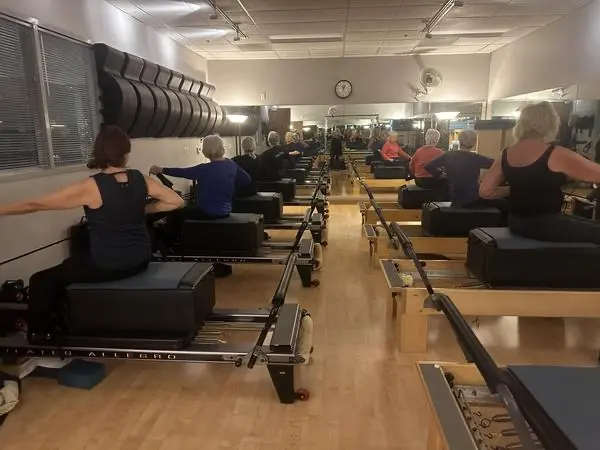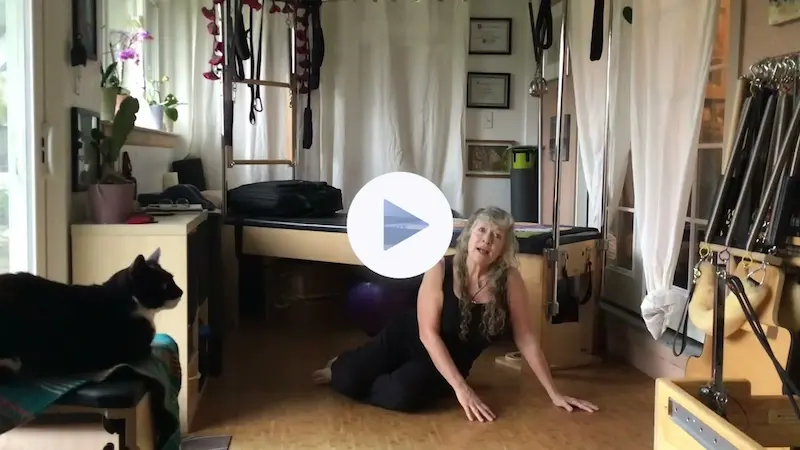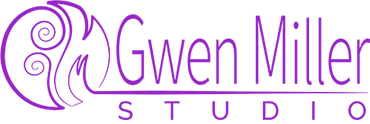Activities of Daily Living in Pilates as Motivation
by Gwen Miller
We all know that Pilates is great cross-training for many activities, working on balanced muscle development, core strength, mobility and stability that are crucial for long-term health of all the joints in the body – including the spine.
All of these things are facts, but they are not necessarily motivational. How can we use Activities of Daily Living (ADLs) as motivation for our clients?
A long-term client fractured her kneecap in a fall several weeks ago. She has always been able to get up and down from the floor with relative ease by kneeling and then standing using a lunge. Since her injury, she cannot kneel on the affected side, nor generate enough power to stand with the healing leg in front. So we have to find a new strategy for her. This is important to her for maintaining independence, as she is in her eighties and lives alone. The new strategy we are working on is building the foundational strength for her to use a variation of Seated Twist as a way to rise up from sitting on the floor. This is considered a Super Advanced exercise in my Balanced Body manual, yet my eighty-something client now has the goal of accomplishing it to help her continue to live independently and confidently. Now push-ups and squats are not just exercises to tone the body, but essential for maintaining her independence.
I believe that we need to find out what is most important to our clients, and then relate the exercises or programs to those activities. It’s about finding their “why” and relating Pilates exercises to functional movements and activities. When we help our clients see how Pilates carries over into their everyday lives, we can help them develop motivation for their personal practices and improve results.

The “why” that I am talking about is more powerful than a surface result. The “why” is deeper, and gets to the root of what is really valuable to a person. Perhaps a flat belly as an aesthetic result is desirable, but why? The person may relate this aesthetic to being better liked, accepted or loved, or it may be a symbol of health to them. Enhanced mobility may be a desired result for simple yet important reasons such as putting on a pair of shoes easily, or getting close to the floor to play with a child. When we are teaching 1:1 sessions, it is much easier to query the “why” and address it when teaching.
When teaching group classes, I pick ADLs that resonate with the students in the class. Younger students may resonate more with sports, work, or young family-life examples; middle-aged students with work, preservation of health, and energy; and older students with daily functional tasks and maintaining their independence as they age. In a mixed class, I may mention running, and also walking, by saying something like “Lunges help improve mobility of the hips and ankles for running, walking or hiking.”
Some exercises are obviously similar to ADLs or sports, but we can always correlate some aspect of the movement, muscles being worked, or skill they are learning, to the client’s desired result in any exercise we teach, even if there is not an obvious similarity.
I correlate the mat Side Series to gait. I ask my students to place the palm of their hand on the side of their pelvis and see if they can feel their muscles working. I explain that these are muscles that keep their pelvis level as we move from two legs to one leg when walking.
When I’m teaching Archer on the Reformer, I joke that “we wouldn’t look away from the target if we were actually drawing a bow and arrow, but if we think about the functionality of this exercise, this is how we look behind us as we back out of a parking spot.” Single-arm rotational pulling applies to any rotational sport (which is really all sports, if you think about it), especially throwing and racquet sports. Double-arm rotations correlate to carry-and-transfer tasks as well as rotational sports like golf.
Arm work facing to the side or back relates to ADLs that involve reaching and pulling. Lifting plates into and out of a cabinet, pulling weeds in a garden, starting a lawn mower; these all require integration of the trunk and arms, and we teach these skills in Pilates. When we teach using real-life examples, we plant ideas in our clients’ minds that give the added benefit of recall during daily life. We can help our clients understand, through real-life examples, that the integration of their trunk and arms also helps prevent shoulder overuse injuries.
Push Ups and arm work facing front relate to ADLs that involve reaching and pushing. One of my favorite (and most dramatic) ways to teach the importance of the Push Up happened one day when I challenged my class to do 20 pushups every day as homework. I said “do you know why I’m so passionate about Push Ups?” then proceeded to “fall” to the floor and said “what do you have to be able to do if you fall down?” demonstrating that the first action of rising back up from the floor is a Push Up.

“How many squats do you do every day?” I ask my classes. New students have to think about it. More experienced ones know what I’m talking about; every time you get up and down from sitting, every time you use a toilet…these are all squats. I tell my clients that they always want to be able to get out of a chair without using their arms, so they need to practice squats at home. I have my classes do squats on the floor, with the Reformer carriage (sprung to be stable) behind them, plie squats facing the foot bar as if it were a ballet barre, and on the Reformer as a Side Split series variation.
Fun facts to tell your classes:
- If you can stand on one leg for 5 seconds, you have reduced your chance of an injurious fall; if you can do it for 10 seconds, statistically you will live longer.
- Quad strength is equated to longevity.
- You can regain lost height and appear slimmer by improving your posture.
Scary facts to tell your classes:
- If a person does nothing about muscle loss, sarcopenia, they can lose 50% of their muscle mass between the ages of 40 and 80.
- 18-33% of elderly people who have to enter a nursing home after a hip fracture die within a year.
So, let’s keep our people motivated with ADLs!
